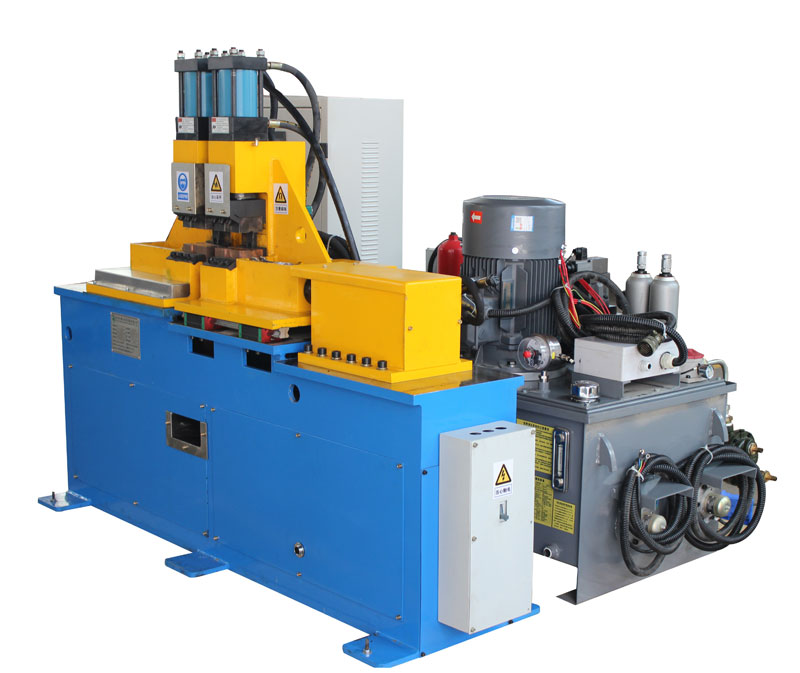Introduction to the Mechanisms of Butt Welding Machines
Butt welding machines incorporate various mechanisms that play a crucial role in their operation, ensuring precise and reliable welds. Understanding the different mechanisms involved in these machines is essential for welders and professionals to comprehend their functionality and optimize welding processes. This article provides an overview of the mechanisms associated with butt welding machines, emphasizing their significance in achieving efficient and high-quality welds.
Introduction to the Mechanisms of Butt Welding Machines:
- Clamping Mechanism: The clamping mechanism in butt welding machines holds the workpieces firmly in position during the welding process. It ensures proper alignment and fit-up, reducing joint gaps and misalignment, leading to uniform heat distribution and strong welds.
- Welding Electrode Mechanism: The welding electrode mechanism is responsible for applying pressure and conducting current during spot welding. It maintains precise electrode-to-workpiece contact, facilitating even heat distribution and efficient fusion between the materials.
- Cooling System Mechanism: The cooling system mechanism manages the cooling water flow to control electrode temperature and prevent overheating. This mechanism ensures electrode longevity and sustains welding performance.
- Control and Automation Mechanism: The control and automation mechanism enables operators to set and adjust welding parameters, such as welding current, time, and pressure. It ensures precise control over the welding process, optimizing weld quality and efficiency.
- Fixture Mechanism: The fixture mechanism is designed to securely hold and align the workpieces during welding. Proper fixture design and alignment contribute to accurate positioning and fit-up, resulting in centered and consistent spot welds.
- Electrode Replacement Mechanism: The electrode replacement mechanism allows for the easy and quick replacement of worn-out electrodes, minimizing downtime and ensuring continuous welding operations.
- Safety Mechanism: The safety mechanism incorporates emergency stop buttons and protective shielding to ensure the safety of operators and welders during welding operations.
In conclusion, butt welding machines incorporate various mechanisms that are integral to their functionality and performance. The clamping mechanism, welding electrode mechanism, cooling system mechanism, control and automation mechanism, fixture mechanism, electrode replacement mechanism, and safety mechanism collectively contribute to achieving efficient and high-quality welds. Understanding the significance of these mechanisms empowers welders and professionals to optimize welding processes, reduce downtime, and meet industry standards. Emphasizing the importance of the mechanisms in butt welding machines supports advancements in welding technology, promoting excellence in metal joining across diverse industrial applications.
